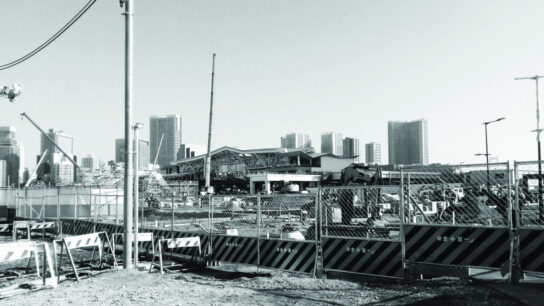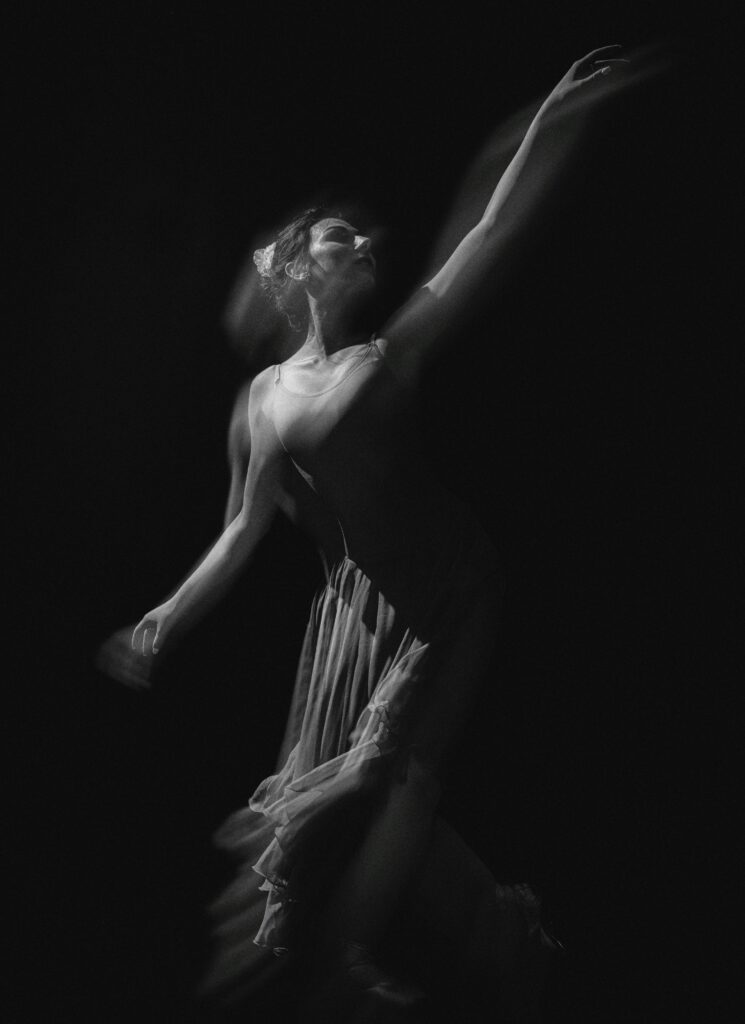NOVELS ABOUT TOKYO
Oindrila Gupta, June 20, 2023

The novel Tokyo Ueno Station, published in English in April 2021, is the fifth novel in my Yamanote Line series. The Yamanote Line is a loop line that runs around Tokyo’s centre, one round trip taking nearly sixty minutes to cover 34.5 km and twenty-nine stations. On weekday mornings at around 8am, peak commuting time, trains come roughly every two minutes, yet every train is packed as full of people as sardines in a can.
My Yamanote Line series started in 2003 with “The Inner Loop of the Yamanote Line”, a short story about a woman who is considering jumping in front of the Yamanote Line. She goes into the bathroom at a station, masturbates, gets back on the train, gets off at the next station, masturbates, and so on. When I summarise it like that, it seems like a ridiculous story, but it’s my portrayal of Eros and Thanatos through a character who has been shut off from life.
And some characters who would later go on to appear in the next four works in the series make an appearance in “The Inner Loop of the Yamanote Line”. I depicted the vast array of lives that radiate outward from the ticket gates of stations on the Yamanote Line, and the despair of characters who have been kicked out of that life and go through those ticket gates, as if heading to the centre of the line’s circle, then find themselves standing on the cliff’s edge of the platform.
The main character in “Goodbye Mama”, a woman who has separated from her husband and is raising a small child (JR Takadanobaba Station, Toyama Exit); the man in “JR Gotanda Station East Exit”, who works for a securities company and can’t speak to his wife at home; the high-school girl in “Waiting for Someone” who runs a website for finding people to commit mass suicide with; the homeless protagonist from Fukushima in Tokyo Ueno Station – just before the Yamanote Line train pulls into the station, the announcement warning people to stay behind the yellow line reverberates in his ears. Whether he takes the step forward to his death or returns to life, I leave to the reader’s imagination.
I have a feeling that the novel I’m planning to write this year will be the last in the Yamanote Line series. This one will be The Outer Loop of the Yamanote Line. I’m thinking about making the main character a woman who has killed her ex-husband’s new wife. Written intermittently over sixteen years, the Yamanote Line series began with “The Inner Loop of the Yamanote Line” and will end with The Outer Loop of the Yamanote Line.
Because the Yamanote Line is a double circle. The loop that runs clockwise is the outer loop, while the loop that runs counter-clockwise is known as the inner loop. Located at the centre of this double circle, in the hole of the donut, is the Imperial Palace where the Emperor lives, covering an area of about 115 hectares, surrounded by a fence, making it a structure that cannot be approached or seen. A dense forest thrives around the palace. As per the wishes of the Showa Emperor, who was a biology researcher, the forest area has been left almost to nature since 1937. The Imperial Palace is a space apart: located within the centre of Tokyo, yet preserving the original flora and fauna of the Kanto Plain.
The theme at the core of the Yamanote Line series is suicide, which takes the lives of nearly 20,000 Japanese people every year. The Imperial system, symbol of the Japanese people, and the 2011 nuclear accident have also had deep effects on the stories. These two things create a multilayered sphere in Japanese society, and the power that lures in the central part of that sphere comes from the defeat of World War II.
The two atomic bombs dropped on Hiroshima and Nagasaki are widely known as the decisive factors in Japan’s defeat, but the reality of the Great Tokyo Air Raid, which took place on the night of March 10th, 1945, killing more than 100,000 people and injuring more than a million, comparable to the atomic bombs, is not well-known.
*
The novelist Takehiro Irokawa, born in Tokyo in 1929, wrote this in the story “After the Air Raid”, part of his debut The Suspicious Visitors’ Book:
Everywhere there are roads which one cannot walk without crossing corpses. Charred corpses, corpses split open like pomegranates, corpses enveloped in smoke turned into wax dolls. Family members pass by crying, the noises they make seeming to come from the pits of their stomachs. But at the time, I had simply become used to the corpses themselves. My connections to the air raids are deep: on the night of the Shitamachi air raid in March, I was by chance in Asakusa; when it happened in Yokohama, I was there; I have witnessed mountains of corpses. When corpses are so numerous, they become physical, no longer terrible or strange.
Characters that appear in The Suspicious Visitors’ Book include an old woman who has been burned out of her home who boasts, carrying a bundle on her back, that no matter where she is burned she will most certainly crawl out and continue on; the ghost of a woman who looks down on the stopped train tracks from the burnt fields at the furthest reaches of vision; and a woman picking flowers in a vacant lot who then plucks away all the petals and leaves, holding just the stems. Takehiro Irokawa does not necessarily affirm only those who exist, nor does he deny those who do not exist. This short story collection stands on the borders of life and death, good and evil, conveying not a sense of tension but of liberation.
*
Shūgorō Yamamoto (born 1903 in Yamanashi Prefecture) wrote Yanagibashi Story in the year after the defeat. The setting is the area around Ueno and Asakusa, but this story takes place when Tokyo was still called Edo. (Edo was renamed Tokyo in 1868, the first year of the Meiji era. That same year, the Meiji Emperor, who had lived in the Kyoto Imperial Palace, moved into the Edo Castle, formerly the Tokugawa Shogunate’s castle and the governmental headquarters of the Edo Shogunate. It was then renamed “Tokyo Castle” and “The Imperial Castle”; after Japan’s defeat, it was titled the Imperial Palace.)
In Yanagibashi Story, Yamamoto depicts the great fire that occurred in Edo in 1703, but the areas affected by that fire and the Tokyo Air Raids overlap. The way that Yamamoto, who personally experienced the Tokyo Air Raids, depicts the flames has a power that is true to life.
Frightening moments came, entirely like the onslaught of an avalanche. Many went in desperation to the river, but most unfortunately it was high tide, and many drowned as soon as they entered, one after another; a man who clung desperately to a stone wall was bathed in sparks, and in his attempt to brush them off was carried down to the depths. Some, perhaps confused, leapt straight into the flames, crying something as they went. Every piece of baggage left nearby gave off great gusts of smoke, burning the people cowering near it. Piles of stones and the ground were so hot that they could not be touched, and when water was poured upon them, all things gave off steam.
O-sen, a seventeen-year-old girl, somehow survives, but as the fire draws near she hears an infant crying and selfishly decides to pick up the baby. By taking care of children whose parents or their whereabouts are unknown after the fire, O-sen loses her fiancé and receives the cold treatment from the people around her.
The Yanagibashi (“willow bridge”) of the title appears only in the last scene. The confluence of the Kanda and Sumida Rivers in Tokyo’s Taito Ward is the area with the largest number of deaths due to the fire. The residents of the area pleaded to the local government that if there were a bridge, they could escape to the other side of the river in case of fire, and the result was Yanagibashi. The story ends on the day of the celebration commemorating the completion of the bridge, but the bridge itself is never described.
“The people will gather to celebrate Yanagibashi, crowding together, lively and buzzing, outwardly.”
It is this last line that brings out O-sen’s sadness.
*
Osamu Dazai (born 1909 in Aomori Prefecture), in “Eight Views of Tokyo”, looks back at ten years of living in Tokyo, moving from rented house to rented house, along with the names of the areas he lived in.
“Eight Views of Tokyo” ends with a scene where he goes to Zojo-ji Temple in Shiba Park, Minato Ward, to see off his sister’s fiancé as he departs for the front.
Was it not an affirmative self-realization that in the ultimate stand of human pride, something within me had suffered almost unto death? […] “Now you’ve got nothing to worry about!” I cried. From now on if any difficulty arose in their marriage, I was an outlaw who didn’t care about his standing; I would be their last source of resolve.
The tomb of the Tokugawa family, located at Zojo-ji Temple, which Osamu Dazai selected as one of Tokyo’s eight scenic sites was also destroyed in the Tokyo Air Raid. Its grandeur seems to have been comparable to Nikko Toshogu (a world heritage site in Tochigi Prefecture).
Three years after the end of the war, Osamu Dazai jumped into the Tamagawa Canal (a waterway that used to supply water to Edo) in Mitaka, Tokyo, and killed himself.
I read the works of Osamu Dazai, Shugoro Yamamoto, and Takehiro Arikawa repeatedly as a teenager, before I became a novelist. I learned about the landscapes of the Tokyo Air Raid and the burn marks left in the post-war era through their novels. Sometimes, they are more vivid in my mind than the Tokyo that I’ve seen in my real life.
Following on from the births and deaths of those three authors, it is remarkable that Haruki Murakami was born in 1949, the year after Osamu Dazai’s death. The Second World War forms the border between modern and contemporary Japanese literature. Osamu Dazai is recognized as a modern writer, and Murakami as a contemporary writer, yet Dazai was active as a novelist after Japan’s defeat, until his life was brought to a close by his death at his own hands.
*
Haruki Murakami’s Blind Willow, Sleeping Woman, like Takehiro Irokawa’s The Suspicious Visitors’ Book, is a collection of stories where the living and the dead appear and disappear, like hide-and-seek.
The advertisement that appeared in newspapers at the time of its publication said:
“I can feel someone there, someone who is with me but whose face I can’t ever see, who is supposed to have moved on to another world, but still I feel their breath, so near.”
In Tokyo, everyone is trying to beat the clock. It makes me feel like I’m going on a one-way road in the same direction as everyone else heading straight to the future, or that I’m nothing more than the hand of a clock going around and around in a circle, symbolized by the circle of the Yamanote Line. In these stories, Murakami depicts a world rowed across by the past and the present like a lake, with light like the moon, reflected and quivering on the surface, filled with the water of the past.
“Hanalei Bay”, about a mother who travels from Tokyo to Kauai, Hawaii to bring home the body of her nineteen-year-old son whose right leg was eaten by a shark while he was surfing, is a story with a mysterious feeling to it, a loss, a hole that is not shrunk by time; seeming instead, ever so slightly, to swell.
The main character of “A Shinagawa Monkey” is Mizuki Ando, a twenty-six-year-old who works at a Honda dealership. She and her husband live in an apartment complex in Shinagawa Ward, Tokyo, and sometimes she forgets her own name. She goes to a counseling center established by the local council and goes for a session with a counselor. She’s asked if she remembers any incident in relation to names, and she reveals that a fellow student who killed herself in high school had given Mizuki her name tag.
She returns home and opens a cardboard box at the back of her closet, looking for the envelope containing both of their name tags, but she can’t find it.
The counselor investigates, and the culprit turns out to be a monkey – but reading the rest of the story, I remembered the story “My Monkey, My Cat” by Takehiro Irokawa, depicting a world of hallucinations brought about by chronic narcolepsy.
Takehiro Irokawa passed away in 1989, but I wonder if he and Haruki Murakami had a close relationship while he was alive. After all, both of them famously love jazz and wrote books about the genre.
Every time I get off at Shinagawa station, this always comes to my lips: a poem called “Rain Falling on Shinagawa Station”, by Shigeharu Nakano.
Sayonara, Shin
Sayonara, Kim
You board the train as rain falls on Shinagawa
station
Sayonara, Lee
Sayonara to the other Lee
You’re returning to the land of your parents
Your country’s rivers freeze in the cold winter
Your rebellious hearts freeze in this moment of
parting
The sound of the sea louder now in the setting sun
The pigeons, wet from the rain, come down from
the roof of the depot
You, wet from the rain, remember the Emperor,
chasing you
You, wet from the rain hair glasses remember
his hunched back
The green signal goes up in the blustering rain
Your eyes sharpen in the blustering rain
The rain pours over the paving stones and falls on
the dark surface of the sea
The rain disappears on your hot cheeks
Your dark shadows cross the ticket gates
Your white hems flutter in the darkness of the
hallway
The signal changes colour
You board
You depart
You leave
Sayonara, Shin
Sayonara, Kim
Sayonara, Lee
Sayonara, Miss Lee
Go, hit that hard thick smooth ice
Let flow the water long dammed up
The shield behind the proletariat of Japan
Sayonara
Until the day we cry and laugh with the delight
Until the day we cry and laugh with the delight
of retribution
On August 29th, 1910, Japan annexed the entire Korean peninsula taking it under colonial rule for roughly thirty-five years. For those thirty-five years, all Koreans, including my grandparents, were barred from using Korean names or speaking Korean. Countless Koreans were required to do harsh forced labour or were killed because of their resistance or attempt to escape from it.
*
Shigeharu Nakano (born 1902 in Fukui Prefecture) was a poet who was part of the pre-war Proletarian literary movement. After the war, he said this in an interview:
I had no knowledge of Korean, yet I could speak to Koreans without any particular inconvenience. The Koreans who listened to me speak understood Japanese better than some Japanese people do, and I became used to the idea that I could get by speaking only Japanese. I had wondered where this had come from, but when it was happening I would completely forget that I had ever wondered. In short, I had the entitlement of a Japanese person who was part of the people who had stolen their country. It is certainly true that they would’ve been able to understand my complaints, as is the fact that I could not say then that I could understand to the same level their complaints.
When the war ended, nearly two million Koreans were in Japan. By March 1946, almost 1,400,000 of them had returned to the Korean Peninsula.
In his poem, Nakano depicts Shinagawa Station, the starting point for those returning to Korea, newly liberated from colonial rule by the defeat of Japan. It’s not clear what port the trains headed for when they left Shinagawa Station, but every port was full of Koreans waiting for ships to take them home. Warehouses, temporarily turned into reception centers, were full of people, and many Koreans had no choice but to sleep outside. Conscripted soldiers and workers were given priority to board return ships, but for the many people who waited weeks and months without their turn coming up, the only option to set foot back in their own country quickly was by entrusting themselves to “black boats”, often fishing boats. In October 1945, a boat carrying Koreans was hit by a typhoon and overturned, causing a sad incident in which 168 people died. Thousands of Koreans died in accidents at sea without ever making it home.
Shinagawa station at present has ten platforms, including those for bullet trains, but until 2015, platform 9 served as a temporary platform for trains like special ones for school groups, and usually it was deserted. I feel perhaps it is this temporary platform where the Koreans in “Rain Falling on Shinagawa Station” waited for their train.
In two of my Yamanote Line stories, “The Inner Loop of the Yamanote Line” and “Waiting for Someone”, I made the main character stand on this temporary platform.
In “The Inner Loop of the Yamanote Line”, the woman goes into the bathroom at the end of this temporary platform, takes a knife wrapped in a towel out of her bag and, after a deep breath, presses the knife’s edge to her throat.
In “Waiting for Someone”, the fifteen-year-old protagonist goes to the smoking area at the bottom of the stairs to the temporary platform and has a cigarette.
The girl and the woman both pass by this temporary platform.
And then, from the next platform, “Railway Song”, the melody to signal that the train is about to depart begins to play.
In Japan, each station has a different melody signifying that a train is departing. Some stations have chosen to use a simple bell or electronic sound, but many have chosen instead to use famous songs that have some connection with either the station or the history of the surrounding area. Shinagawa station’s melody is “Railway Song (Tetsudo shoka)” because in 1872, the station that the first steam train in Japan departed from was Shinagawa. “Railway Song” was written in the Meiji period, going through each of the stations one by one, all 399 of them. The lyrics mention the historic sites, folklore and specialty products around each station.
Around Shinagawa station, there was only sea. An embankment was built in the sea, rails were built on the embankment, then the station; gradually more and more land was reclaimed from the sea, and now it is very much a business area, thick with high-rise buildings. But when I stand on the platform at Shinagawa, I feel like I’m standing on a pier looking out at the sea. I feel like I can hear the sound of the waves.
*
In The Earth Diver, the religious historian Shin’ichi Nakazawa (born 1950 in Yamanashi Prefecture) traces prehistorical topological maps on top of present maps and uses this to produce a deep analysis of the city of Tokyo. The title is based on a myth involving a grebe diving into the water and taking mud from the bottom to create land after a flood occurs and engulfs the world. Nakazawa writes in the prologue:
I thought that I myself must become a grebe. The land known as the human mind, made using mud, is again sinking into the water. So I must dive into the water again and take a fistful of mud from the bottom. […] The city known as Tokyo is well suited to a society born from unconsciousness. When unconsciousness intrudes into waking consciousness, people see dreams. In an earth diver society, circuits have been created everywhere allowing dreams and realities to come and go freely. The distant past and the present are together in the same space, ignoring the sequence of time.
Tokyo was a fjord-like coastal area. Even as landfill allows urban development to progress, shrines and temples remain in their original places, unable to be demolished. Nakazawa calls these places which are not easily affected by the corrosion of time and progress “places of nothingness”. By overlaying a Jomon period map, we can see that this “place of nothingness” was once the tip of a cape or peninsula protruding into the sea. In the Jomon period, people felt spirituality in these little capes sticking out into the sea, located their cemeteries and sanctuaries to worship the gods there, and it was these places that later transformed into shrines and temples.
In the last chapter, “The Emperor/Imperial Palace in the Forest”, Nakazawa shares a beautiful vision.
Although in the urban area the emperor, living like a gentle keeper of the woods in the depths of the forest untainted by the noise of the world surrounding him, sends transmissions out to the world one day after another. “Our Japanese civilization, like mushrooms, like slime mould, aims to take what has been created by the global civilization, break it down, and bring it back to nature. It is a somewhat quirky civilization, and I am the symbol of such a people’s will.”
*
The photography collection TOKYO NOBODY by Masataka Nakano (born 1955 in Fukuoka Prefecture) is simply images of Tokyo without any people. And the places he chose are not on the outskirts, they are bang in the middle of Tokyo, the most populous city in Japan. These photos were taken over an eleven-year period, at times like the end of the year or during the long string of public holidays known as Golden Week when people living in Tokyo return to the countryside or go away for a vacation. The cityscapes and main streets of Shibuya, Aoyama, Shinjuku, and Ginza, places I’m quite used to seeing, appear instead like ruins where time has stopped.
In 2000, when this photo book was published, it was often described as showing “a near-futuristic landscape of Tokyo”, but after March 11th, 2011, I imagine many will see also the “restricted areas” in Fukushima, uninhabited towns designated as such due to radioactive contamination from the nuclear plant explosion.
The official name of the nuclear power plant that caused the accident is Tokyo Electric Power Fukushima Daiichi Nuclear Power Station. As the name suggests, all the electricity generated at the nuclear power plant was supplied to the metropolitan area; not one kilowatt was not used in Fukushima. It is obvious that the cause of the accident lies in how the city of Tokyo operates and the lifestyle of its residents, but not only was there no momentum for rethinking either, Tokyo sees the reality of Fukushima as none of its business.
But the Nankai Trough, which causes large earthquakes and tsunamis on a roughly eighty-eight-year cycle throughout history, has not caused a large earthquake in the last seventy-three years, so there is a 70-80% chance of a magnitude 8–9 earthquake occurring within the next thirty years.
When that time comes, what will become of Tokyo?
What will become of the nuclear reactors on the Pacific coast?
TOKYO NOBODY, then, may be a near-futuristic, apocalyptic photo book.
*
In Tokyo Ballad, And Then by Shuntarō Tanikawa (born 1931 in Tokyo), monochrome photos taken by the poet of street corners in Tokyo during his twenties and thirties are showcased alongside poems he has written since his seventies.
In the afterword to this book, Tanikawa writes:
When I look back over these old photographs, I sometimes encounter the image of someone close to me who is now gone. At those times, what I feel is a poetic emotion, mixed with sadness and loss. Poems and photographs, unlike novels, do not move along with time, but instead try to conquer time by stopping it for one second.
The books about Tokyo I’ve written about here (including my own) are all ones that deal with death, the dead, negative memories, and time.
Now, the city known as Tokyo is progressing toward the glorious future that is the 2020 Tokyo Olympics, but Tokyo also has a dark past. In order to take back time from the force that is politics, we have to shake up the past and reawaken it.
I’ll leave you with a poem from Tokyo Ballad, And Then.
Living in a city that was not Tokyo
There wasn’t a day I didn’t think of Tokyo
Stories of cities that are not Tokyo
Were just distant cousins of Tokyo stories
In the streets of metal and stone
I never forgot the city of wood and paper
As my heart grew fonder of grass mats and floor
cushions
I sat in plastic chairs on café terraces
Pregnant with limitless episodes
History repeats, the happy ending is miscarried
Below the consciousness of people living in the city
The sea and the desert always lurks
You may also like

Eyes of the Beholden
Unspoken desires linger in the shadows of a teacher's life, revealed through art
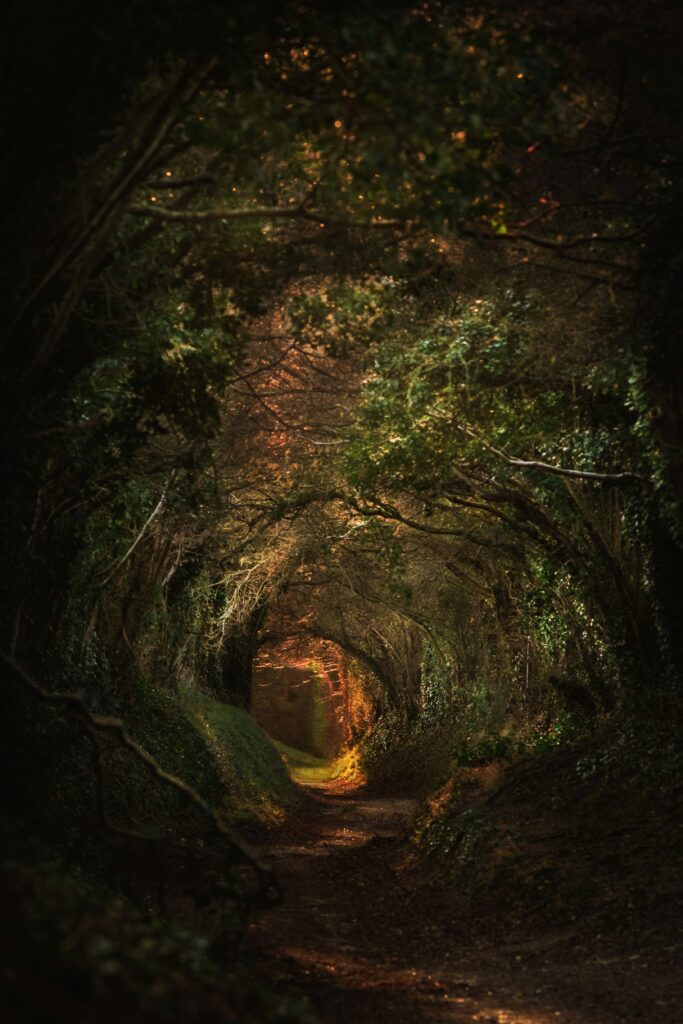
LOST
Bessie's odyssey through stormy nights, lost love, and secret graveyards unfolds with haunting beauty in "Lost" by Sandra Dennis.

Water Rising
Amidst a flood, a woman grapples with the past, and confronts the consequences in this haunting narrative of resilience.
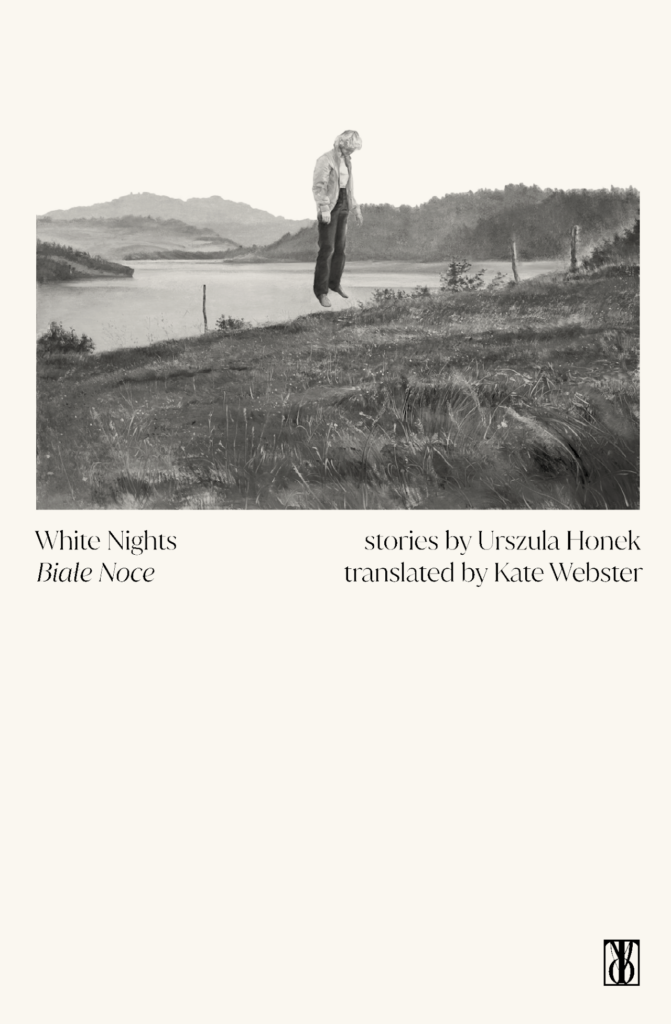
Book Review: White Nights by Urszula Honek
The debut short story from Polish writer Urszula Honek, White Nights, is akin to reading an account of a haunted place – one that is beautiful and devastating in equal

Beyond the Surface: The Multifaceted Lives of ‘American Fiction’
In essence, "American Fiction" and the experiences it draws from remind us that we are indeed more than the sum of our parts.

Beyond the Surface: The Multifaceted Lives of ‘American Fiction’
The narrative of “American Fiction” unfolds with a dual focus: it not only scrutinizes the unique pressures faced by Black creatives but also delves into the intricate and sometimes tense…
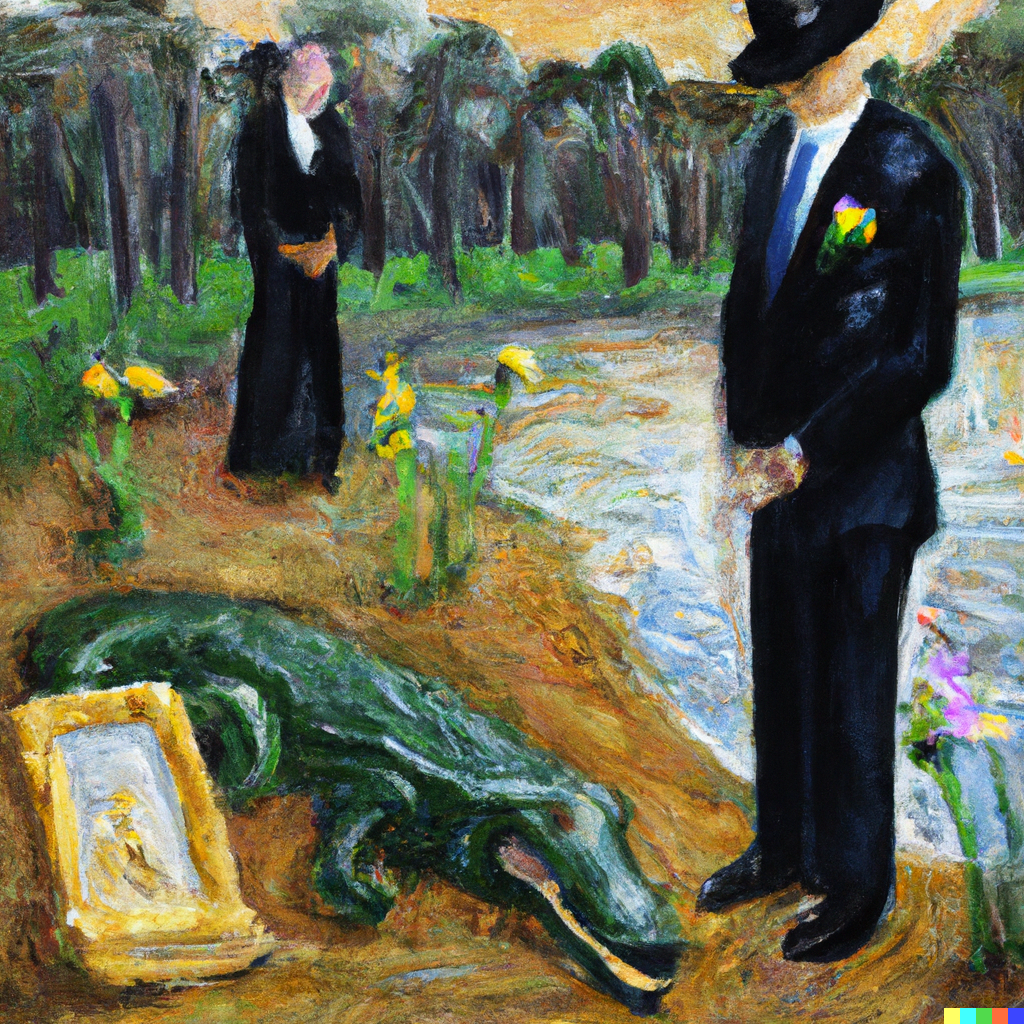
Uncle Bobby’s Funeral
Reluctant family faces the eccentricities of Uncle Bobby's funeral in swampy Chipley.




